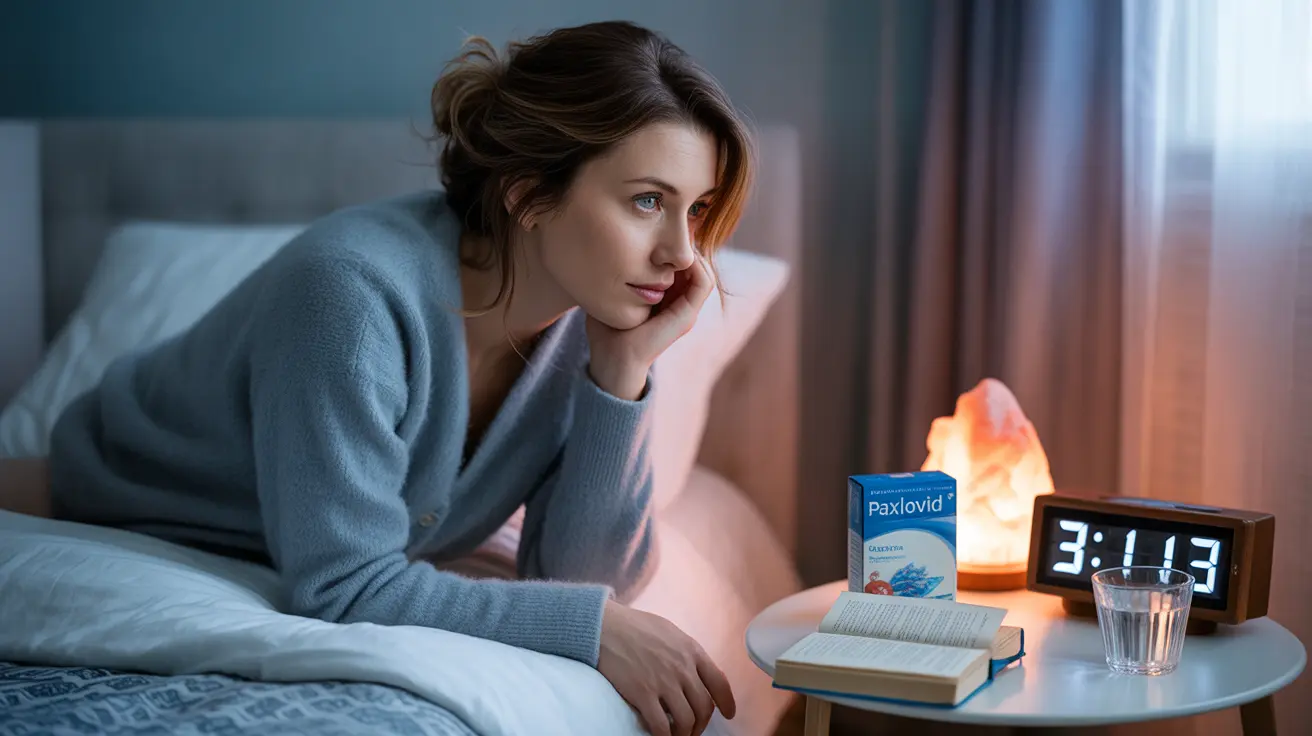If you're experiencing unusual discomfort in your anal area, you might be wondering what a hemorrhoid feels like. Hemorrhoids are swollen blood vessels in and around the anus and lower rectum that can cause various uncomfortable sensations. Understanding these symptoms can help you identify the problem and seek appropriate treatment.
This comprehensive guide will explore the distinct sensations associated with hemorrhoids, how to identify them, and what steps you can take for relief. We'll also discuss when these symptoms warrant medical attention.
Common Sensations and Symptoms of Hemorrhoids
Hemorrhoids can produce several distinct sensations, depending on their location and severity:
- Pressure or fullness in the anal area
- Itching or irritation
- Pain or discomfort, especially during bowel movements
- A tender or sensitive lump near the anus
- Burning sensation
- Discomfort while sitting
Internal vs. External Hemorrhoid Sensations
Internal and external hemorrhoids can feel quite different, which helps in identifying which type you might have:
Internal Hemorrhoids
- Usually painless
- May cause bleeding during bowel movements
- Can create a feeling of pressure
- Might only be noticed during straining
External Hemorrhoids
- Often painful or tender to touch
- Can cause constant discomfort
- May feel like a firm bump
- Can be itchy or irritating
Managing Hemorrhoid Discomfort at Home
Several home remedies can help alleviate hemorrhoid discomfort:
- Warm sitz baths for 10-15 minutes
- Over-the-counter creams and ointments
- Cold compresses to reduce swelling
- Gentle cleaning with unscented wipes
- Wearing loose, breathable cotton underwear
Lifestyle Changes for Symptom Relief
Making certain adjustments to your daily routine can help manage and prevent hemorrhoid discomfort:
- Increasing fiber intake
- Staying well-hydrated
- Avoiding prolonged sitting
- Regular exercise
- Not straining during bowel movements
When to Seek Medical Attention
While many hemorrhoids can be managed at home, certain symptoms require professional medical evaluation:
- Severe pain that doesn't respond to home treatment
- Heavy bleeding during bowel movements
- Symptoms that persist beyond one week
- Large or painful lumps around the anus
- Difficulty with daily activities due to discomfort
Frequently Asked Questions
What does a hemorrhoid feel like, and how do you know if you have one?
A hemorrhoid typically feels like pressure, discomfort, or a tender lump in the anal area. You might experience itching, burning, or pain, especially during bowel movements. Internal hemorrhoids often cause painless bleeding, while external ones can be painful and feel like a firm bump.
What are the main differences between internal and external hemorrhoids?
Internal hemorrhoids occur inside the rectum and are usually painless but may bleed. External hemorrhoids form under the skin around the anus, causing pain, itching, and visible swelling. External hemorrhoids are more likely to cause discomfort during daily activities.
How can you treat hemorrhoids at home or relieve pain and discomfort?
Home treatments include warm sitz baths, over-the-counter creams, cold compresses, and keeping the area clean. Increasing fiber intake, staying hydrated, and avoiding straining during bowel movements can also help manage symptoms.
When should you see a doctor for hemorrhoid symptoms, especially bleeding or pain?
Seek medical attention if you experience severe pain, heavy bleeding, symptoms lasting longer than a week, or if home treatments aren't providing relief. Also consult a doctor if you're unsure whether your symptoms are caused by hemorrhoids.
What lifestyle changes can help prevent hemorrhoids or reduce symptoms?
Key lifestyle changes include maintaining a high-fiber diet, drinking plenty of water, exercising regularly, avoiding prolonged sitting, and not straining during bowel movements. Good bathroom habits and maintaining a healthy weight can also help prevent hemorrhoids.




